Rosemary Rising: 10 Irresistible Tips for Cooking with the Herb of Aromas and Flavor!
There’s something undeniably magical about the scent of rosemary wafting through a kitchen. Whether you’re roasting potatoes, baking focaccia, or whipping up a marinade, this fragrant herb adds depth, warmth, and character to any dish. If you’ve ever wondered why chefs and home cooks alike keep a bunch (or three) of rosemary on hand at all times, you're in the right place.
In this article, we’ll explore everything you need to know about cooking with rosemary—from its history and flavor profile to creative recipes and must-know storage tips. And because we love visual learning, we’ve sprinkled in some handy tables and vivid imagery to keep your culinary curiosity piqued!
Table of Contents
- The History Behind Rosemary
- Understanding Rosemary’s Flavor Profile
- Top 10 Practical Tips for Cooking with Rosemary
- What Does Rosemary Pair With? A Flavor Matchmaking Guide
- Buying Guide: Choosing the Best Rosemary for Your Kitchen
- Tasty Recipes Featuring Rosemary
- How to Store Rosemary Like a Pro
- Final Thoughts
The History Behind Rosemary
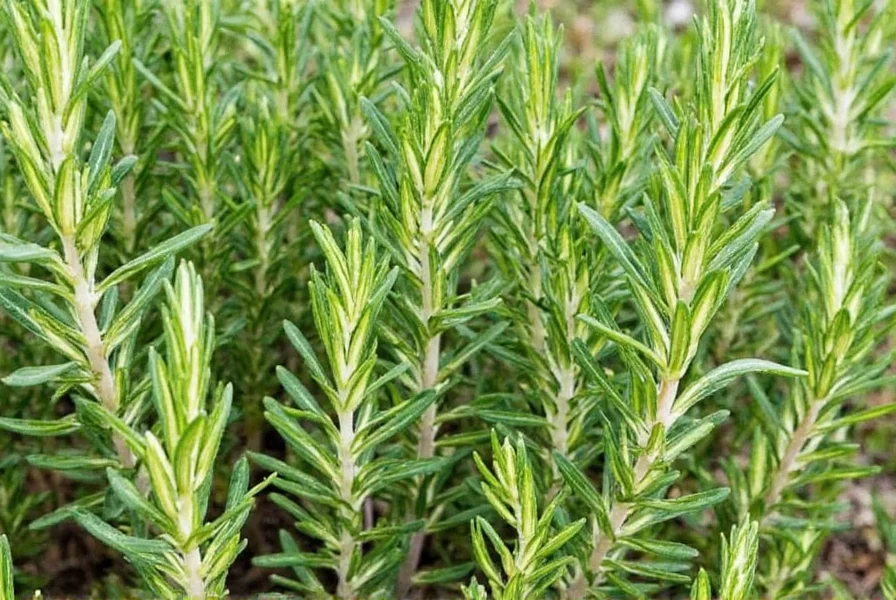
The story of rosemary is as rich and aromatic as the plant itself. Native to the Mediterranean region, rosemary has been cherished for centuries—not just for its culinary uses but also for its medicinal and symbolic significance.
- In ancient Greece, students wore sprigs of rosemary to enhance memory during exams.
- During the Middle Ages, it was used in wedding ceremonies as a symbol of love and loyalty.
- Its Latin name Rosmarinus officinalis translates to "dew of the sea," a nod to its coastal origins.
Fast forward to today, and rosemary remains a staple in kitchens across the world. It’s not only a favorite among chefs but also gardeners, thanks to its hardy nature and stunning blue flowers.
Understanding Rosemary’s Flavor Profile
| Characteristic | Description |
|---|---|
| Taste | Pine-like, slightly peppery, earthy, and intensely aromatic |
| Mouthfeel | Dry and slightly resinous when fresh; more concentrated when dried |
| Best For | Roasts, grilled meats, stews, breads, roasted vegetables |
| Aroma | Strong, pine-forward, with hints of citrus and camphor |
Rosemary’s bold flavor makes it ideal for hearty dishes where subtlety would be lost. However, use it sparingly—its potency can easily overpower other ingredients if overused.
Top 10 Practical Tips for Cooking with Rosemary
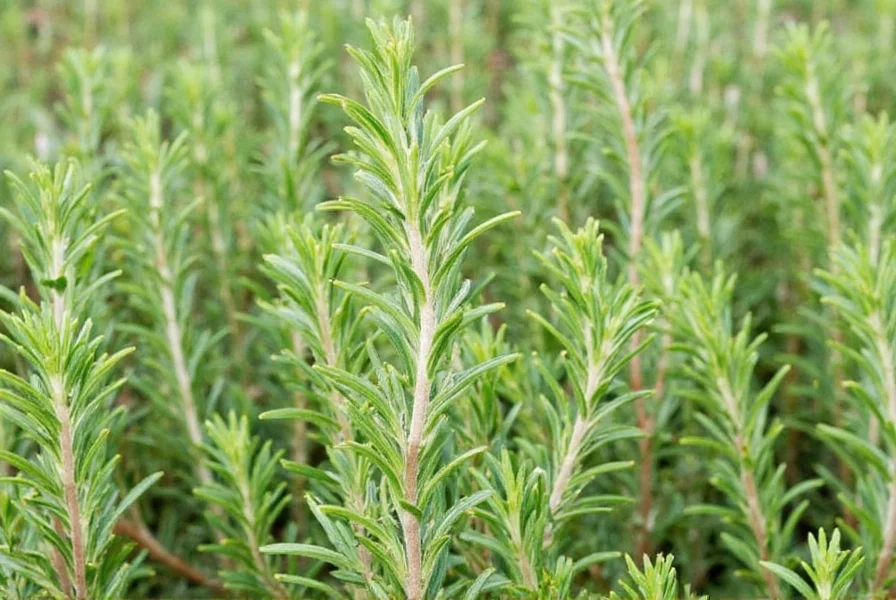
- Use Fresh or Dried? Both have their perks! Fresh rosemary adds brightness, while dried offers a more concentrated punch. Use fresh for garnishes or finishing; dried for long-simmering dishes.
- Don’t Overdo It: A little goes a long way. Start with 1 tsp of dried or 1 tbsp of chopped fresh per 4 servings.
- Infuse Oils and Vinegars: Make rosemary-infused oil by steeping sprigs in olive oil for a few days. Perfect for dressings or drizzling over grilled veggies.
- Marinades Rock: Crush rosemary leaves and mix with garlic, lemon zest, salt, pepper, and olive oil for a killer meat marinade.
- Add During Cooking: Since it’s a woody herb, add it early to allow the flavors to infuse into the dish thoroughly.
- Pair With Citrus: Rosemary + lemon = magic. Try them together in fish dishes or desserts like lemon-rosemary cookies.
- Grill It: Thread rosemary sprigs onto skewers with vegetables or meat—it releases fragrance while grilling and doubles as an edible garnish.
- Bake With It: Rosemary pairs beautifully with dough. Try rosemary focaccia, rosemary shortbread, or even savory scones.
- Cook With Butter: Make rosemary compound butter and slather it on warm bread or melt it over grilled steak.
- Don’t Mince Too Much: Chopped rosemary can be tough to distribute evenly. Instead, bruise the sprigs slightly before adding to release oils without over-processing.
What Does Rosemary Pair With? A Flavor Matchmaking Guide
| Foods | Why They Work |
|---|---|
| Lamb | Classic combo! The richness of lamb complements rosemary's earthiness. |
| Potatoes | Rosemary elevates roasted or mashed potatoes with its woodsy aroma. |
| Chicken | Adds complexity to roasted or grilled chicken—especially with garlic and lemon. |
| Citrus | Citrus brightens rosemary’s deeper notes, balancing the herbal intensity. |
| Tomato | Perfect for pasta sauces and soups, especially when simmered together. |
| Eggs | Great addition to frittatas or breakfast hashes with potatoes and goat cheese. |
This table is just a starting point—feel free to experiment with your own combinations!
Buying Guide: Choosing the Best Rosemary for Your Kitchen
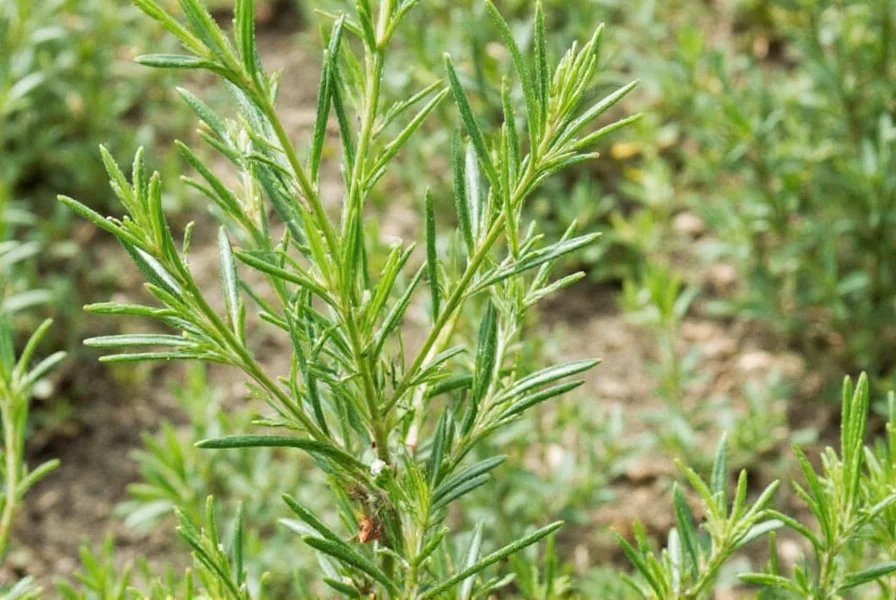
When it comes to selecting the best rosemary for your culinary adventures, here’s what to look for:
| Product Type | Features | Advantages | Best For |
|---|---|---|---|
| Fresh Rosemary Bunches | Vibrant green needles, firm stems, no wilting or yellowing | Maximum freshness, great for garnishing and quick infusions | Roasted dishes, garnishing, short-term use |
| Dried Rosemary Leaves | Deep green color, strong aroma, minimal dust or debris | Long shelf life, intense flavor concentration | Slow-cooked dishes, soups, marinades |
| Rosemary Extract/Oil | Pure essential oil or infusion in carrier oil | Consistent flavor, easy to measure, great for baking or drinks | Desserts, homemade sodas, infused cocktails |
| Crushed Rosemary Flakes | Partially ground, textured flakes | Balances convenience and flavor; quicker infusion than whole sprigs | Salad dressings, rubs, dry blends |
- Target Audience: Home cooks looking for convenience vs. chefs wanting maximum impact.
- Occasions: Fresh is perfect for weekend cooking; dried suits everyday meals. Oils are excellent for gourmet touches or gifts.
Tasty Recipes Featuring Rosemary

- Rosemary Roasted Potatoes: Toss baby potatoes with olive oil, crushed garlic, coarse salt, and fresh rosemary sprigs. Roast at 400°F (200°C) until golden and crispy.
- Lemon-Rosemary Chicken Skillet: Brown chicken thighs with rosemary sprigs, garlic, and lemon slices. Simmer until tender and serve with rice or crusty bread.
- Rosemary Focaccia: Mix chopped rosemary into pizza dough, dimple the surface, drizzle with olive oil, and sprinkle with flaky sea salt and rosemary sprigs before baking.
- Rosemary Compound Butter: Blend softened butter with finely chopped rosemary, garlic powder, lemon zest, and salt. Chill, slice, and enjoy on steak or cornbread.
- Rosemary Lemon Cookies: Add finely minced rosemary and lemon zest to shortbread dough for a unique, fragrant twist on classic cookies.
How to Store Rosemary Like a Pro
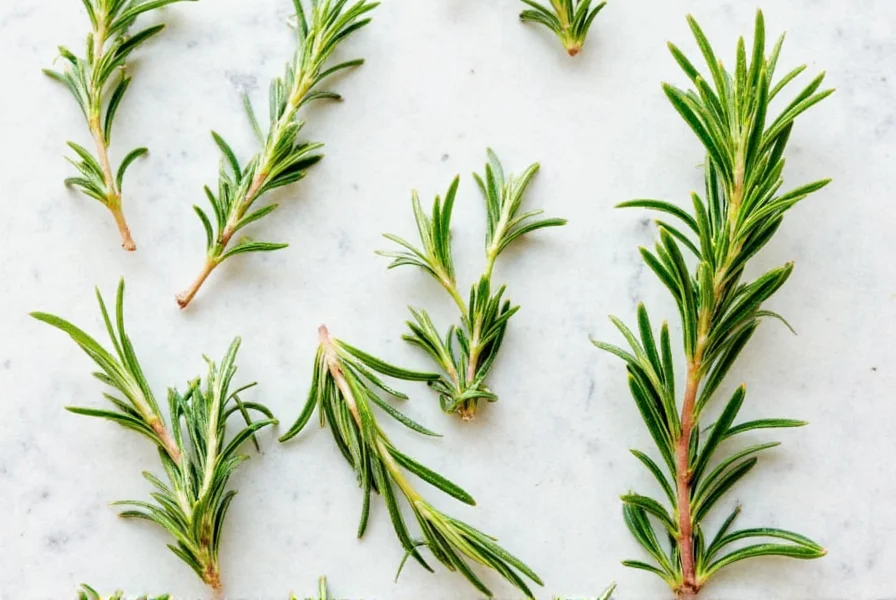
To get the most out of your rosemary, proper storage is key. Here’s how to keep it fresh longer:
- Fresh Rosemary: Wrap loosely in a damp paper towel and store in a ziplock bag in the fridge for up to two weeks. Alternatively, stand sprigs upright in a glass of water like a bouquet and cover loosely with a plastic bag.
- Dried Rosemary: Keep in an airtight container away from light and heat. Properly stored, it can last up to one year.
- Freezing: Freeze whole sprigs or chopped rosemary in ice cube trays with olive oil or water for easy use in soups, stews, or sautés.
- Growing Indoors: Consider planting a small pot of rosemary indoors near a sunny window. Water sparingly and trim as needed for daily use.
Final Thoughts
Rosemary may seem like just another kitchen herb, but in reality, it’s a powerhouse of flavor, aroma, and versatility. Whether you’re using it to elevate a humble potato roast or craft a sophisticated dessert, mastering the art of cooking with rosemary opens up a world of culinary creativity.
From understanding its flavor profile to choosing the right type for your recipe and storing it properly, there’s a lot to love—and learn—about this fragrant herb. So go ahead, let rosemary take center stage in your next dish. After all, the kitchen deserves a little magic every now and then.

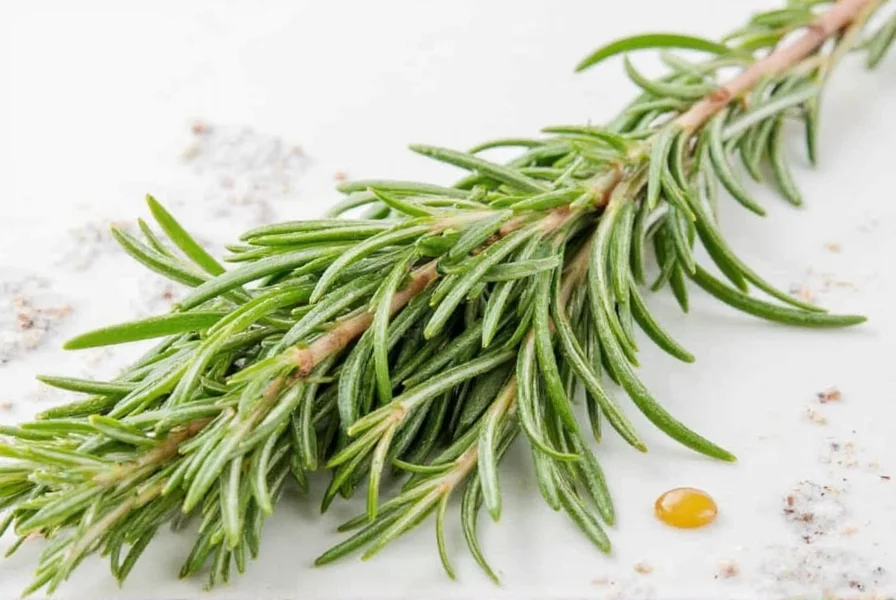









 浙公网安备
33010002000092号
浙公网安备
33010002000092号 浙B2-20120091-4
浙B2-20120091-4